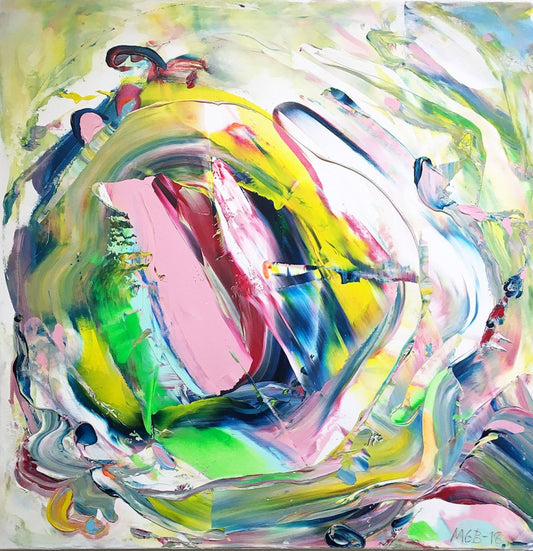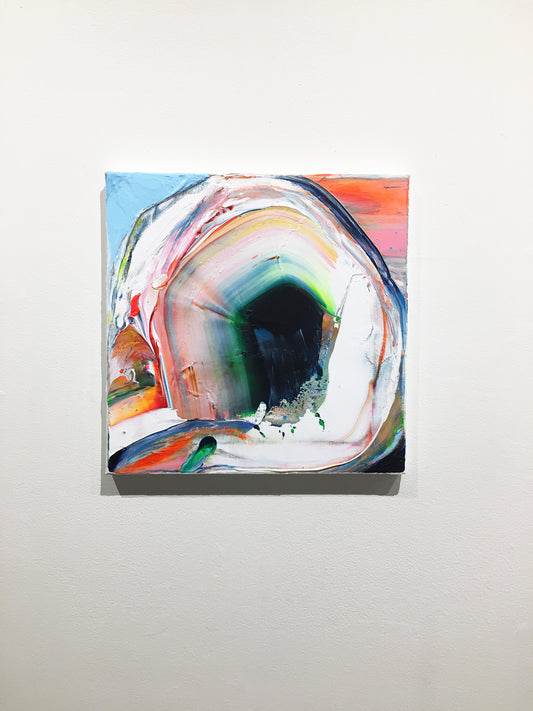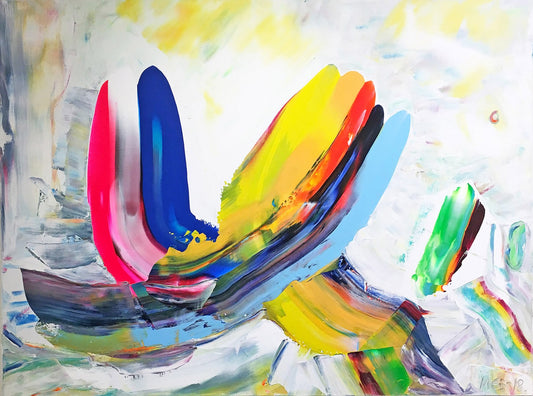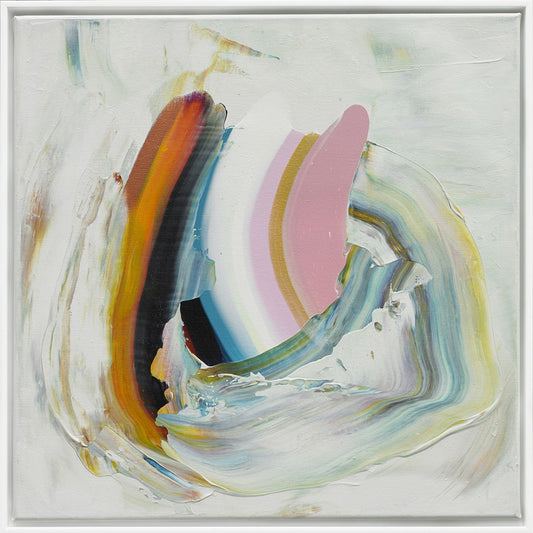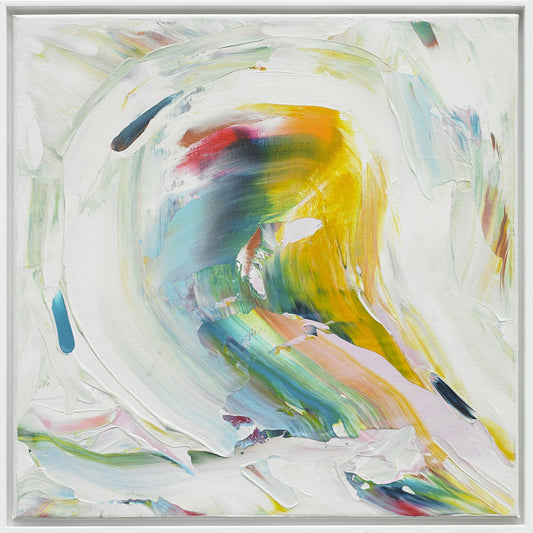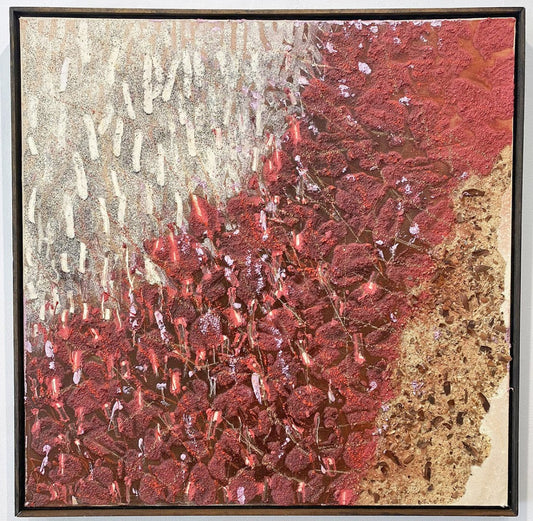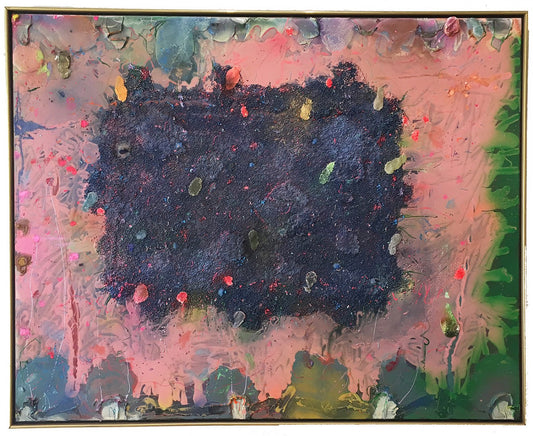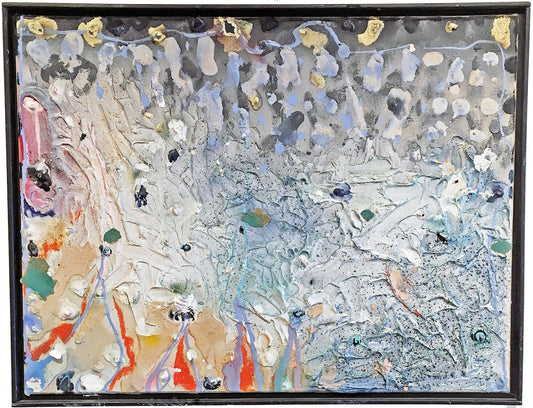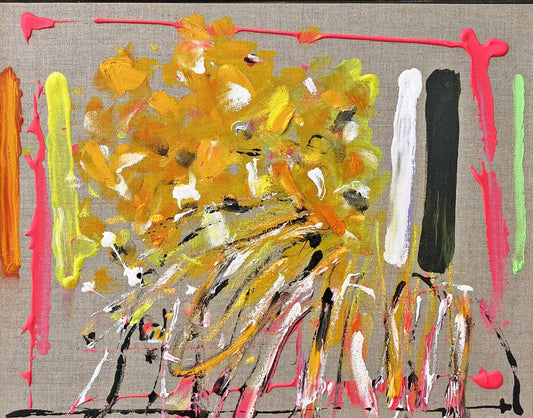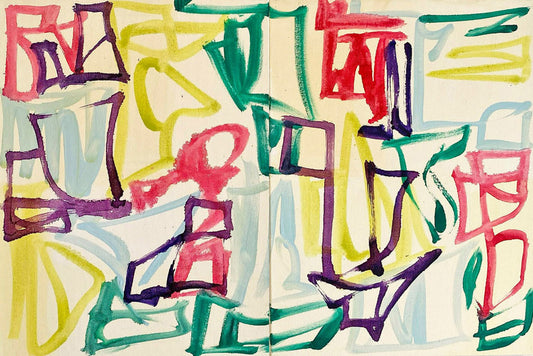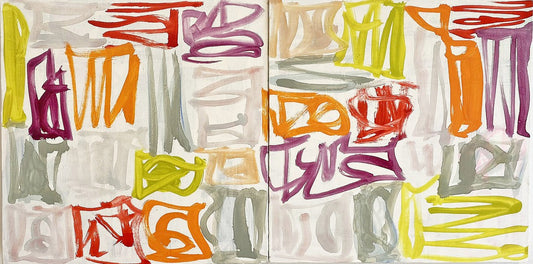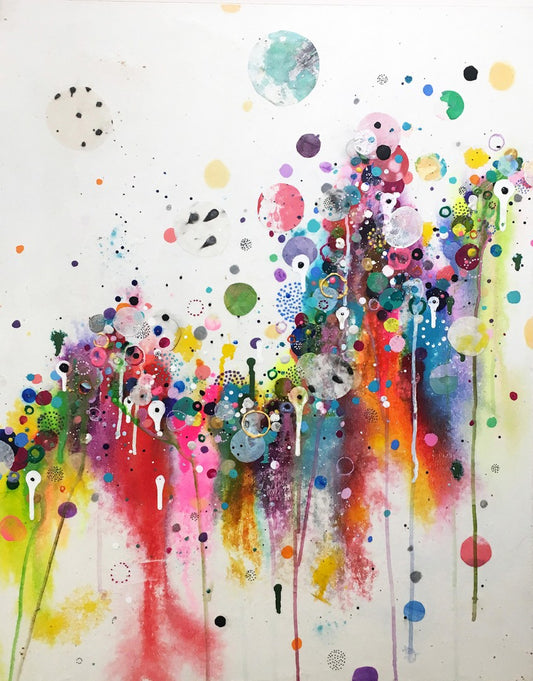ABSTRACTLY SPEAKING: SIX + ONE (Group Exhibition)
About exhibition
Madelyn Jordon Fine Art is pleased to present ABSTRACTLY SPEAKING: SIX + ONE, an exhibition of abstract paintings created by a diverse group of seven artists. The selected artists include Marit Geraldine Bostad, Stanley Boxer, Barbara Hirsch, Melissa Meyer, Rebecca Stern, Liz Tran, and Joyce Weinstein. The exhibition will run from March 24 - August 29, 2020.
ABSTRACTLY SPEAKING: SIX + ONE features a multi-generational group of seven artists who are committed to an art practice principally concerned with the interactions between color, line and form, often labeled as abstraction. Staking their own territory within the canon, these artists span several generations, beginning with 20th c. postwar artists, Stanley Boxer and Joyce Weinstein, followed by baby boomers, Melissa Meyer and Barbara Hirsch, to next-gen emerging artists Liz Tran, Marit Geraldine Bostad and Rebecca Stern. Cycling through Abstract Expressionism, Color Field painting, Minimalism, to more recent trends, the artists diverse and distinct works exemplify the vast range of possibilities in communicating via symbols and hues. They see abstraction as the way to communicate complex and disparate concepts and encourage open-ended interaction with viewers whose own imaginations and experiences complete the work.
Stylistically what binds this group together is their brilliant handling of color. Utilizing high-key, richly saturated hues, this exhibition offers a visual feast for the eyes exuding optimism and vitality. Another commonality is the desire to break new ground and invigorate the genre through experimentation with materials, techniques, and form.
On another note, it is by a happy coincidence that this exhibition spotlights 6 female and 1 male artist. While MJFA’s support of women artists has been foundational and remains central to our program, in this case we just selected work we were passionate about and ended up with this talented group.
Born in New York City in 1926, Stanley Boxer stands at the top rank of American Artists. Although art critic Clement Greenberg categorized Boxer as a color field painter, the artist never considered himself part of any movement or trend. Prolific during his lifetime, Boxer created paintings, sculpture, works on paper, drawings, watercolors, works in pen and ink, prints and monotypes. Beginning in the 1960’s and continuing until his death in 2000, the artist enjoyed a successful career and was widely exhibited. Immersed in the language of Modernism, Boxer’s ‘all over’ abstract impasto oil paintings incorporate found objects, such as concrete, seeds, sawdust, pebbles, string, and glitter, embedded and haphazardly arranged onto the surface of the canvas. Grace Glueck wrote in The New York Times that Boxer’s paintings could be “read as landscapes as well as existing purely in the realm of paint.” The enigmatic titles were verbal attempts to capture the movement and gestures in his works.
Marit Geraldine Bostad works and lives in Horten, Norway. Educated as an Art Director and working in the industry for 10 years, Bostad decided to leave her career to pursue painting full time in 2010. The artist describes her practice 'as a kind of therapy and a way for her mind to switch off.' Incorporating broad gestural sweeps of acrylic paint, the canvases are imbued with an explosion of bold, vivid colors that seems to joyfully dance and vibrate. Beyond the swaths of color, texture also plays a central role. Her abstract paintings are influenced by memories and people, whose essence she intuitively attempts to preserve on the canvas.
Informed by the principles of Minimalism, Barbara Hirsch creates three dimensional compositions by manipulating wax and rice paper into exacting abstract, wall works that are mainly monochromatic in color. In working with the fragility of paper, the artist allows for amorphous shapes and forms to emerge as she folds, configures, and shapes the paper in unusual directions. Adhering each paper form onto a wood panel after coating with wax, Hirsch systematically constructs a uniform, dense, highly tactile and sensuous surface.
Melissa Meyer’s lyrical painting style is closely influenced by modernism and abstract expressionism. Compressed into a loose grid-like fashion, Meyers work features calligraphic gestural markings, that seem to spontaneously dance around the canvas. Employing oil paint thinned to the transparency of watercolor and suffused in colors from bright to pale, the exhibited small-scale diptychs are in a continual play between fluidity and constraint. In On The Double the artist’s free form square glyphs are contained in patterned rows which can be read vertically or horizontally, while in Double Take II the arabesque gestures overlap and intertwine each other, with no focal point for the eye to rest. Meyer’s paintings reflect the impeccable balance of composition, color, and form that encapsulates Modernist tradition.
Graduating with honors at Lesley University College of Art and Design in 2009, emerging artist, Rebecca Stern considers her abstract compositions as a 'mental landscape' that investigates the complexities of the mind. Intrigued by the interplay of intentionality and expressive freedom of different mediums, Stern employs collages, stitching, and diverse materials in her acrylic paintings to both visually and symbolically convey meaning. Composed of swaths of gestural brushwork in a subdued palette, Stern often leaves part of the canvas exposed to explore the potential of depth and tension. For Stern, each painting comes together in parts and each part speaks a different word of the “sentence” she is trying to relay.
Liz Tran resides in Seattle, WA. Since graduating in Print Art and Painting from Cornish College of the Arts in 2002, Tran has developed a singular visual language based upon diverse influences, including dream imagery, imagined landscapes, geodes, outer space and The Big Bang. The featured paintings are festooned with bold neon-colored bubbles, streamers, splatters, and elongated drips. Composed of ink, acrylic, graphite, Japanese paper, and beeswax, the kaleidoscopic motifs seem to pulsate and vibrate across the canvas, creating a vivacious, active surface. In aesthetic terms, Tran’s phantasmagoric visual style incorporates components from 1960’s Psychedelic Art and Pop Art.
Joyce Weinstein’s paintings are informed by nature and her place of residence in rural Columbia County, New York. Fabricated in oil, washes, and impasto, the textural works incorporate a visual language of brushed circles and rectangles, paint splatters, squiggles, and gestural sweeps of paint in vibrant colors ranging from fluorescent greens and hot pinks to brooding browns and blacks. To convey the openness and tranquility of her “country fields”, the artist often leaves parts of the linen canvas exposed and unprimed. These works represent what Weinstein describes as “another kind of landscape painting, more ‘real’ than literal interpretations.”
-
The Change (Made In New York series)
The Change (Made In New York series)
- Regular price
- $0.00
- Sale price
- $0.00
- Regular price
-
-
One but Two II (Made In New York series)
One but Two II (Made In New York series)
- Regular price
- $1,100.00
- Sale price
- $1,100.00
- Regular price
-
-
In Dialogue (Made In New York series)
In Dialogue (Made In New York series)
- Regular price
- $0.00
- Sale price
- $0.00
- Regular price
-
-
Alcamorispettounquarried
Alcamorispettounquarried
- Regular price
- $0.00
- Sale price
- $0.00
- Regular price
-
-
Council Among Shadows
Council Among Shadows
- Regular price
- $0.00
- Sale price
- $0.00
- Regular price
-
-
Double Take II (Diptych)
Double Take II (Diptych)
- Regular price
- $0.00
- Sale price
- $0.00
- Regular price
-
-
On the Double (Diptych)
On the Double (Diptych)
- Regular price
- $0.00
- Sale price
- $0.00
- Regular price
-

